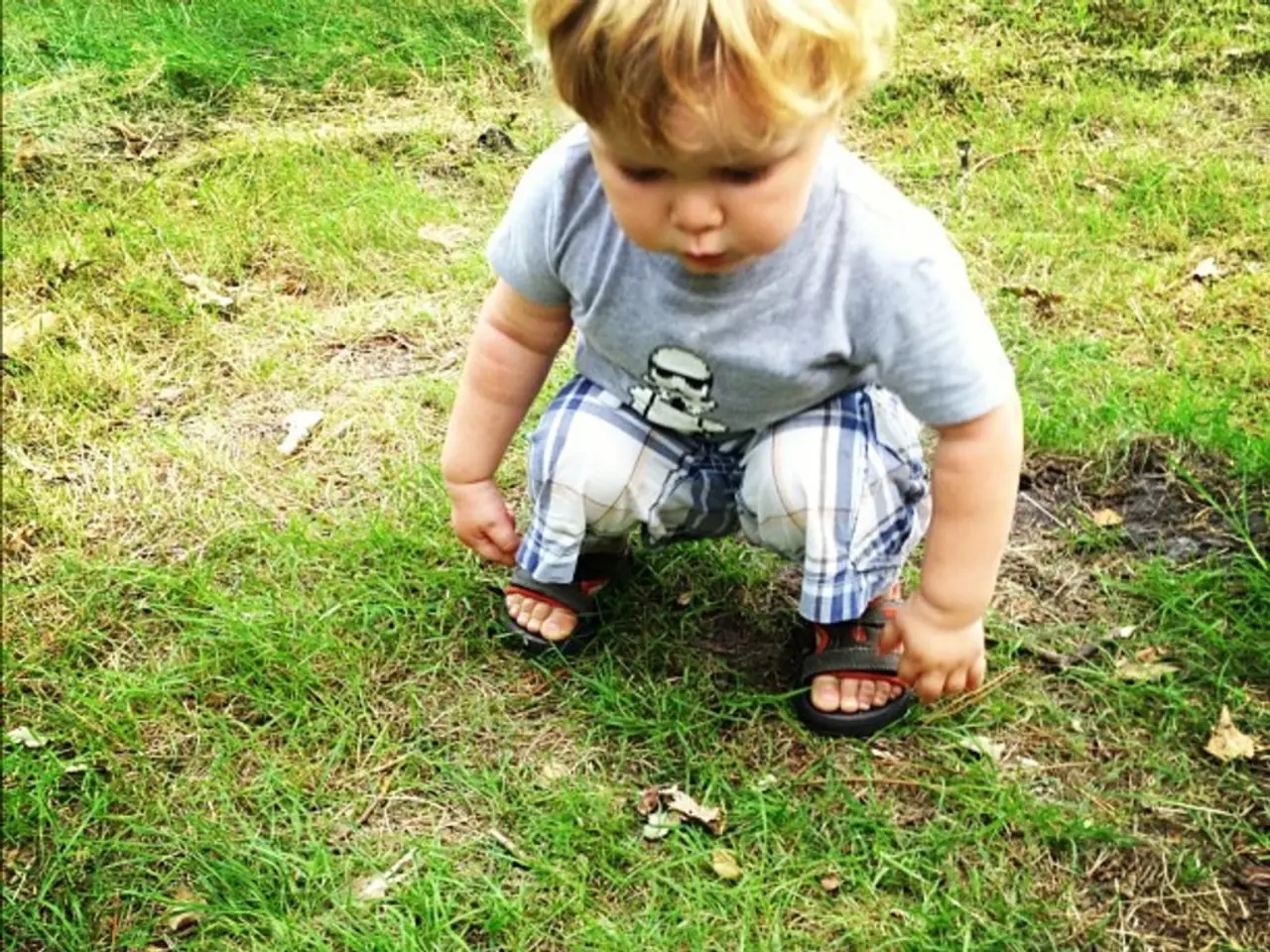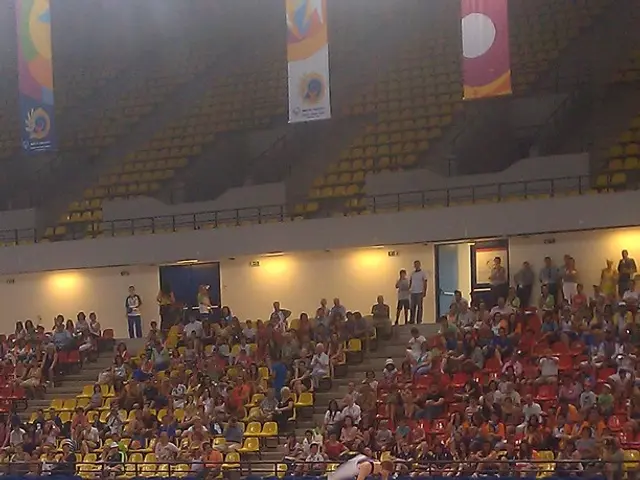Squat Technique for Newcomers: Essential Advice and Steps for Novice Weightlifters
The squat is a versatile and essential exercise that finds its way into both beginner and advanced workout plans. This fundamental human movement pattern not only strengthens the muscles of the lower body but also enhances sporting performance and makes everyday activities feel easier.
The Perfect Squat Form
To perform a basic bodyweight squat, also known as an air squat, start with feet roughly shoulder-width apart, toes pointing slightly outward. As you lower your butt as far as possible, ensure that weight remains on your heels, and your knees point outward. Maintain an upright torso with your chest open and facing forward.
Bracing the core and thinking of the cue, 'chest up', will help you achieve this upright position. Throughout the squat, your core should be braced, and your arms can be held out in front, palms together, crossed across the chest, or hanging to the side. The aim is to keep the torso upright so the chest faces forward, which will help keep the spine in a straight and neutral position.
Common Squat Mistakes and Corrections
One of the most common mistakes during a squat is having feet that are too close or too wide, which can affect range of motion, knee safety, and overall form. To avoid this, position your feet just outside shoulder-width apart, and adjust this positioning according to your individual body needs.
Dr. Kelly Starrett, a trainer and physiotherapist, provides detailed step-by-step guides and corrections for common mistakes in exercises, including squats. His instructions for the deep squat can be found in his book and through his online platform MobilityWOD.com.
Squat Variations for Advanced Training
Once you have mastered the basic equipment-free squat, you can progress to variations like barbell squats, goblet squats, and deep squats. The goblet squat is a great starting point, using a weight held in front of the chest to improve strength and form before moving on to barbell squats.
The goblet squat is performed with feet planted just outside shoulder-width apart, feet pointing outward. In a split squat, start with feet shoulder-width apart, take a step backward with one leg, and lower the back knee to touch the floor while flexing the front leg.
Adding Intensity with Squat Jumps
For a more intense cardiovascular workout, consider the bodyweight squat jump variation. Stand in the bodyweight squat stance, push back the hips, lower the hips while bending the knees, jump upwards, control the landing, and gently descend back into a squat position.
Regular squat workouts can provide numerous benefits, from boosting sporting performance to making everyday activities feel easier. So, whether you're a fitness enthusiast or simply looking to improve your daily life, mastering the squat is a step in the right direction.
Read also:
- Peptide YY (PYY): Exploring its Role in Appetite Suppression, Intestinal Health, and Cognitive Links
- Toddler Health: Rotavirus Signs, Origins, and Potential Complications
- Digestive issues and heart discomfort: Root causes and associated health conditions
- House Infernos: Deadly Hazards Surpassing the Flames








